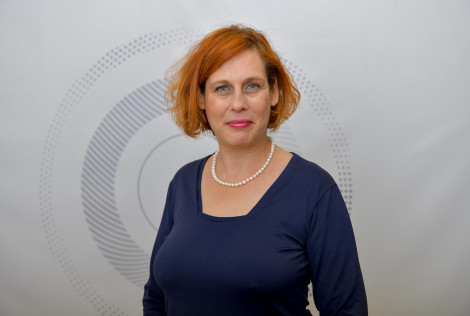Interpreting in the Public Sector
Community interpretation, or public sector interpretation, is the oral translation that takes place between a service provider (health, welfare, law enforcement, etc.) and service recipients who do not speak the same language. Most of the translation in this context is simultaneous, and can be performed face-to-face or remotely.
Since the 1990s, this field has been recognized as a separate branch in the study of interpretation, in light of its unique characteristics—gaps in the power relations between the parties, professional dilemmas, the interpreters’ status in the Tripartite meeting, and of course, contents. This branch splits into sub-branches: interpreters in the field of physical and mental health, interpreters in law enforcement (police, courts, correctional services), educational interpreters, interpreters for refugees and asylum seekers, and more.
In the global world, where linguistic and cultural minority groups coexist—whether indigenous (such as Arabic speakers in Israel) or immigrants (new immigrants, migrant workers and refugees)—the need to make essential services accessible in different languages is increasing, so that all residents can consume services and exercise basic duties and rights regardless of their dominant language. However, in some countries this field has not yet been recognized as a profession, and therefore receives no investment in the form of capital, training or research.




